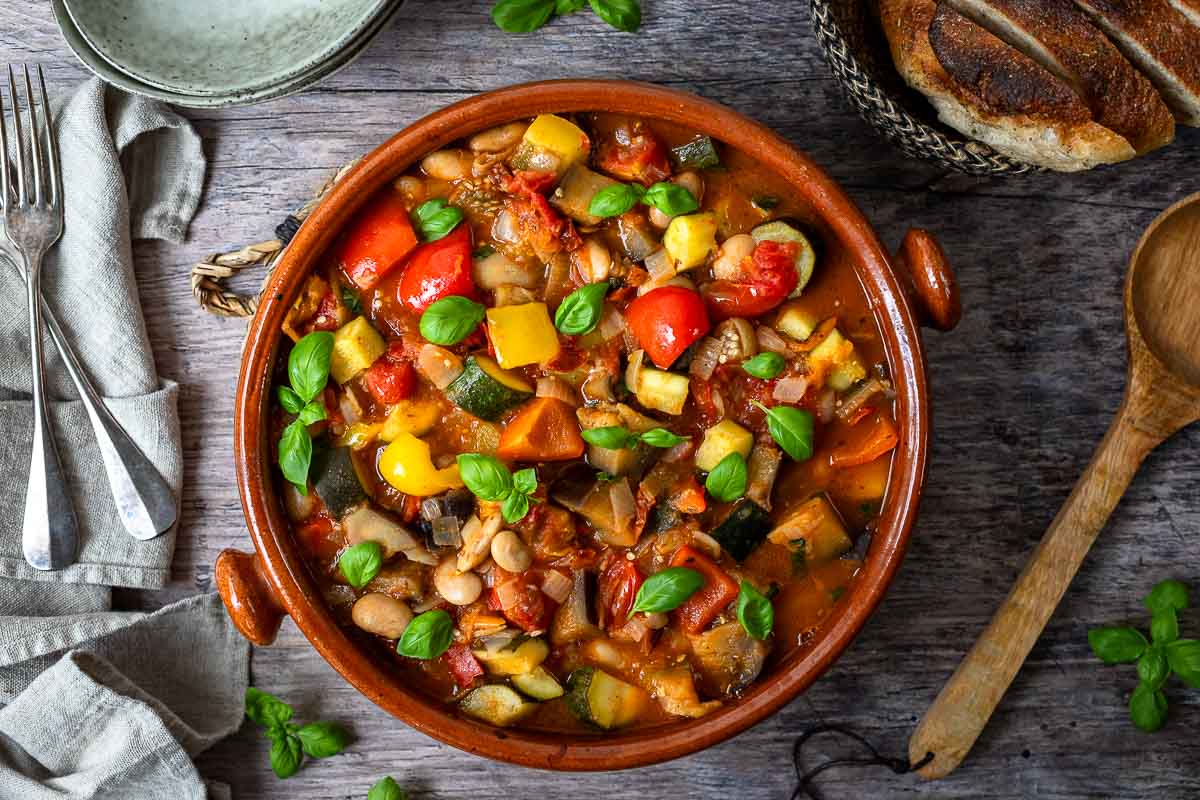When the temperature drops or you simply crave a comforting meal, soups and stews are likely at the top of your list. But what if you could transform these classic dishes into something memorable with one simple addition? Enter black garlic. With its soft, jammy texture and sweet, savory flavor, black garlic can elevate soups and stews, turning them into rich, complex bowls of deliciousness. Below, we’ll explore the whys and hows of using black garlic in these hearty meals.
What Is Black Garlic?
Black garlic is essentially aged garlic—fresh bulbs that undergo a slow, controlled aging process (often at low heat and high humidity). Over time, the raw garlic’s sharp pungency mellows into sweet-savory goodness reminiscent of balsamic vinegar, molasses, or dried fruit. The cloves become dark and sticky, ready to dissolve into dishes with minimal effort.
Key Benefits:
-
Milder flavor than raw garlic
-
Higher antioxidant levels
-
A distinctive, sweet-umami depth
Whether you’re crafting a simple vegetable soup or a robust beef stew, black garlic can become your secret ingredient to amplify taste.
Why Black Garlic Shines in Soups & Stews
-
Subtle Sweetness: Unlike raw garlic, black garlic’s sweetness doesn’t overpower; it naturally balances out acidity or bitterness in broths.
-
Umami Factor: Soups and stews need layers of flavor. Black garlic’s fermented, caramelized notes add an instant boost of umami—a savory richness that keeps you coming back for more.
-
Easy Integration: Because it’s soft and spreadable, black garlic melts right into hot liquids, leaving no chunks or harsh, garlicky aftertastes behind.
-
Digestive Friendliness: If raw garlic is too strong on the stomach, black garlic may be the perfect swap—it’s generally gentler due to its aged, low-sulfur profile.
Strategies for Adding Black Garlic to Soups & Stews
1. Mash It In Early
-
What to Do: Sauté a few mashed black garlic cloves along with your onions, celery, carrots, or other aromatics.
-
Why It Works: The heat allows black garlic to release its flavors, blending seamlessly with the soup’s base.
-
Best For: Broth-based soups (like chicken noodle or minestrone) where you want a gradual build in flavor.
2. Stir It in Near the End
-
What to Do: Add black garlic during the last 10–15 minutes of cooking.
-
Why It Works: This preserves its sweet, distinct taste, especially in long-simmering stews where flavor compounds can otherwise degrade over time.
-
Best For: Heavier stews (beef, lamb, or bean-based) that simmer for an hour or more.
3. Combine with Other Flavor-Boosters
-
Ideas: Mix black garlic with tomato paste, Worcestershire sauce, miso, or soy sauce. Whisk or stir them together before adding.
-
Why It Works: Amplifies that umami punch, giving depth to vegetarian soups and bone broths alike.
-
Best For: Rich soups or stews that benefit from a savory complexity—think chili, lentil stews, or creamy mushroom soups.
Delicious Soup & Stew Inspiration
-
Classic Chicken Soup
-
How to Use Black Garlic: Mash 1–2 cloves and sauté with onions and carrots before adding your broth. The subtle sweetness pairs beautifully with chicken and vegetables.
-
-
Hearty Beef Stew
-
How to Use Black Garlic: Stir in mashed black garlic at the end of cooking, just as the stew is finishing, to retain its sweet tang.
-
Pro Tip: Combine black garlic with a splash of balsamic vinegar for a finishing touch.
-
-
Vegetable Minestrone
-
How to Use Black Garlic: After softening your onions and celery, add mashed black garlic alongside tomato paste, then pour in your vegetable stock.
-
Extra Flavor: A sprinkle of Parmesan or nutritional yeast and a drizzle of olive oil completes the bowl.
-
-
Creamy Mushroom Soup
-
How to Use Black Garlic: Puree 2–3 black garlic cloves with sautéed mushrooms and onions before adding cream or milk.
-
Result: A luxurious, earthy soup boosted by black garlic’s sweet-savory essence.
-
-
Spicy Bean Chili
-
How to Use Black Garlic: Toss a couple cloves in with your chili seasoning, right after you’ve sautéed your onion and pepper.
-
Enhancement: The sweet tang rounds out the heat from chili peppers or cayenne.
-
Tips and Tricks
-
Start Small: You can always add more black garlic, but it’s trickier to dial back. Begin with 1–2 cloves, taste, and adjust.
-
Mash Thoroughly: Use a fork or mortar and pestle to ensure the cloves break down fully, preventing clumps.
-
Combine with Onions: Onions and black garlic are a match made in heaven. Sauté them together to create a flavorful base.
-
Store Properly: Keep black garlic in an airtight container in a cool, dry place (or in the fridge if peeled). It can last for weeks or even months.
Final Thoughts
Whether you prefer a light, brothy soup or a dense, meaty stew, black garlic has the power to transform your dish from good to unforgettable. Its natural sweetness, complemented by earthy, fermented notes, slots neatly into all sorts of recipes—without the acrid bite or digestive concerns that sometimes come with raw garlic.
Next time you simmer a pot of soup or stew, slip in a clove or two of black garlic to experience the delightful depth it brings. A small ingredient can make a massive impact, letting you enjoy a rich, layered flavor that warms from the inside out. Grab a bowl and a spoon—you’re in for a treat!

Comments (0)
No comments yet. Be the first to comment!